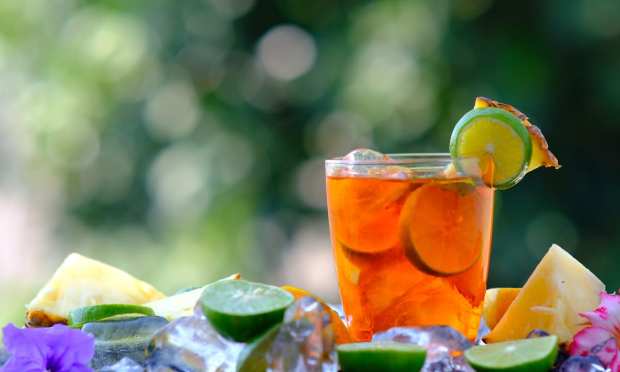Pandemic Raises A Glass To Non-Alcoholic ‘Mocktails’

Sales of alcohol soared during the early weeks and months of the pandemic, but a wellness vibe seems to be taking hold as “mocktails,” once a meager category, experiences a major growth spurt, according to the Financial Times and other news outlets on Friday (Jan. 15).
Market researchers point to consumers’ pivot to wellness that helped escalate the demand for booze-free cocktails, a category that was already gaining traction before the coronavirus. Pandemic-proof sales prompted major alcohol brands like Gordon’s and Martini to roll out alcohol-free beverages.
“The next generation of drinkers is very interested in this area. It’ll be a very important part of our industry in the future,” Marine Rozenfeld, innovation and development lead for western Europe at Bacardi, told FT.
Aside from major brands jumping on the trend, the booze-free zone has also been ripe ground for startups like Seedlip, Ritual Zero Proof and Kin, which has made headway developing functional super drinks with adaptogens, nootropics and Botanics.
The world’s largest distiller, Diageo, invested in Seedlip for a majority stake, Co-founder and CEO Ben Branson told FT. He thinks the rise in the popularity of booze-free drinks has a lot to do with people being more self-conscious due to social media, as they “curate how they appear to the outside world.”
“… it’s cooler to be seen drinking green juice after the gym versus falling out of a nightclub at 4 a.m.,” Branson said, adding that his key demographic is “moderators” — people who drink alcohol but want other options beyond flavored seltzer and soda.
Jen Batchelor, Kin’s co-founder and CEO, told Adweek that the startup is going after “a new category altogether,” leaning into wellness with neuro-healthy ingredients like turmeric, ginger and other herbs.
Zoom cocktail parties and “quarantinis” helped fuel alcohol sales during the pandemic and became virtual substitutes for the bar scene. Although liquor sales are up in the U.S., the numbers are down in other parts of the world, where alcohol is sold and consumed outside the home in taverns and restaurants.